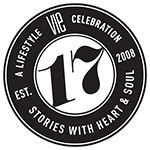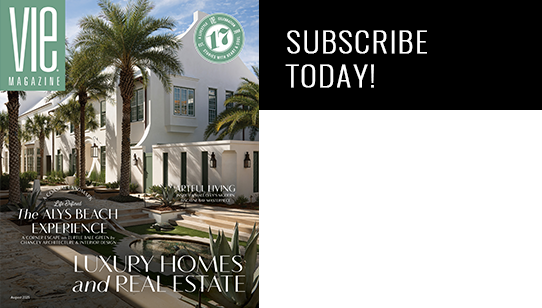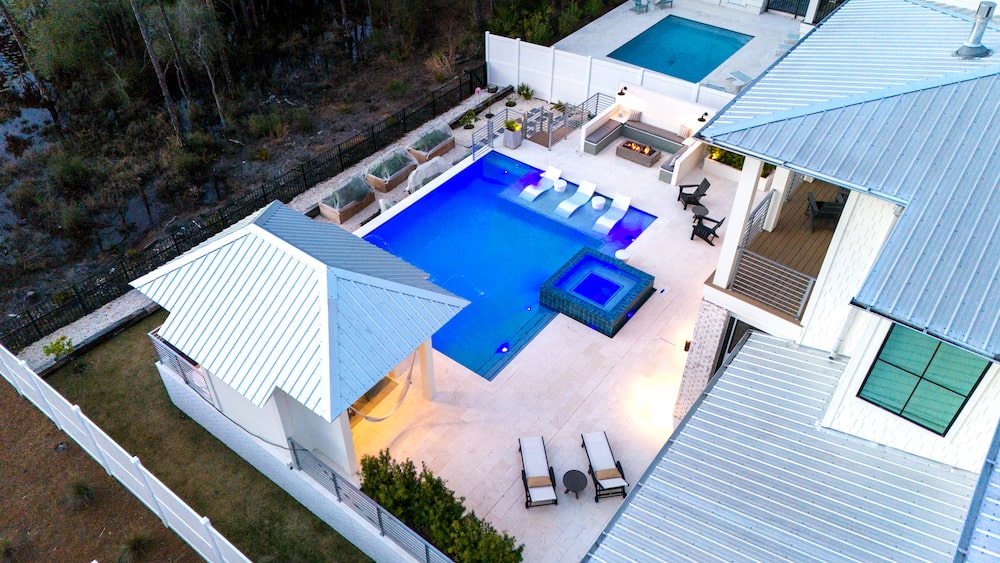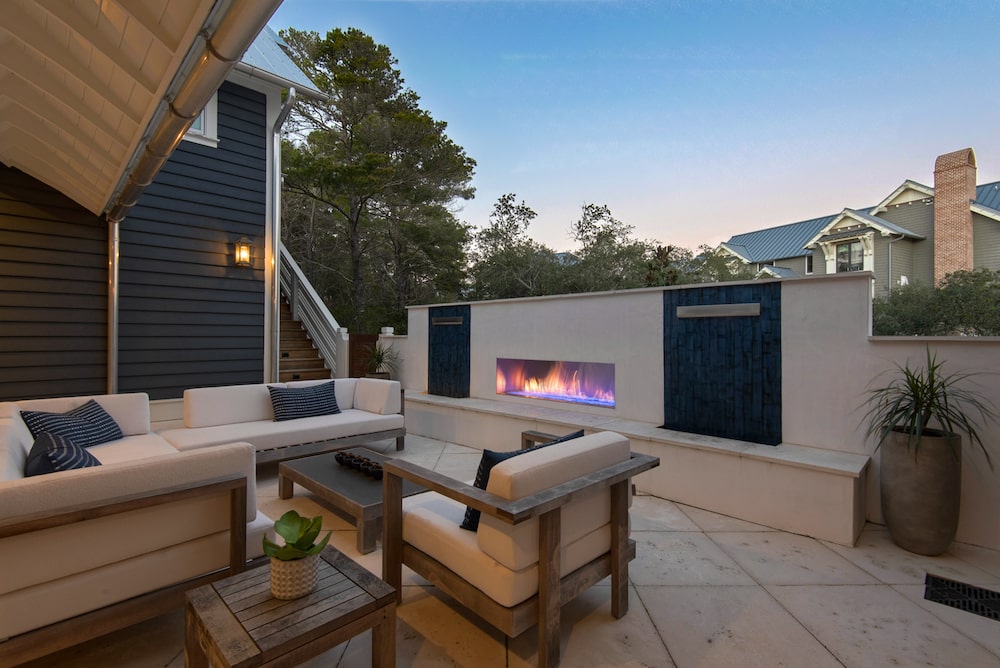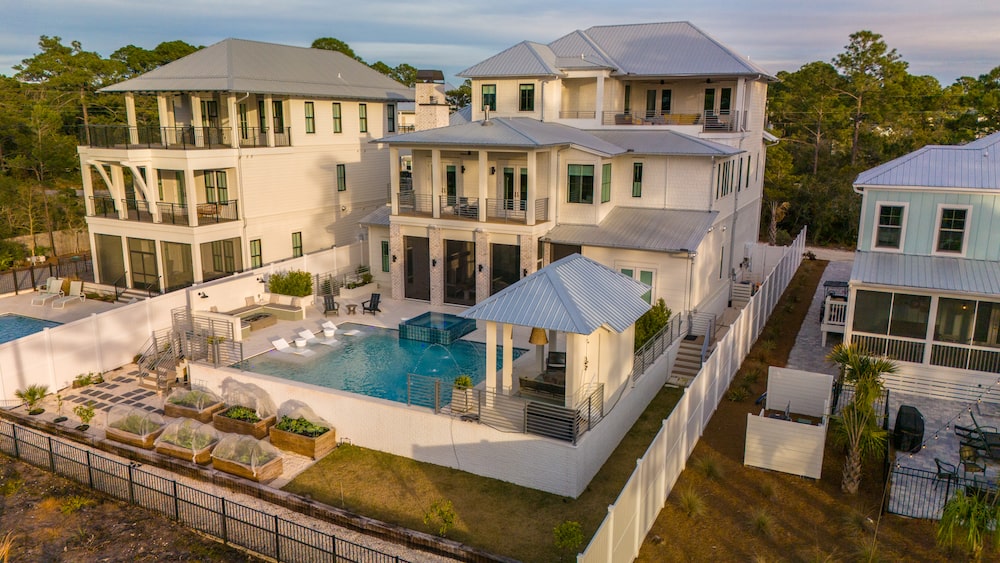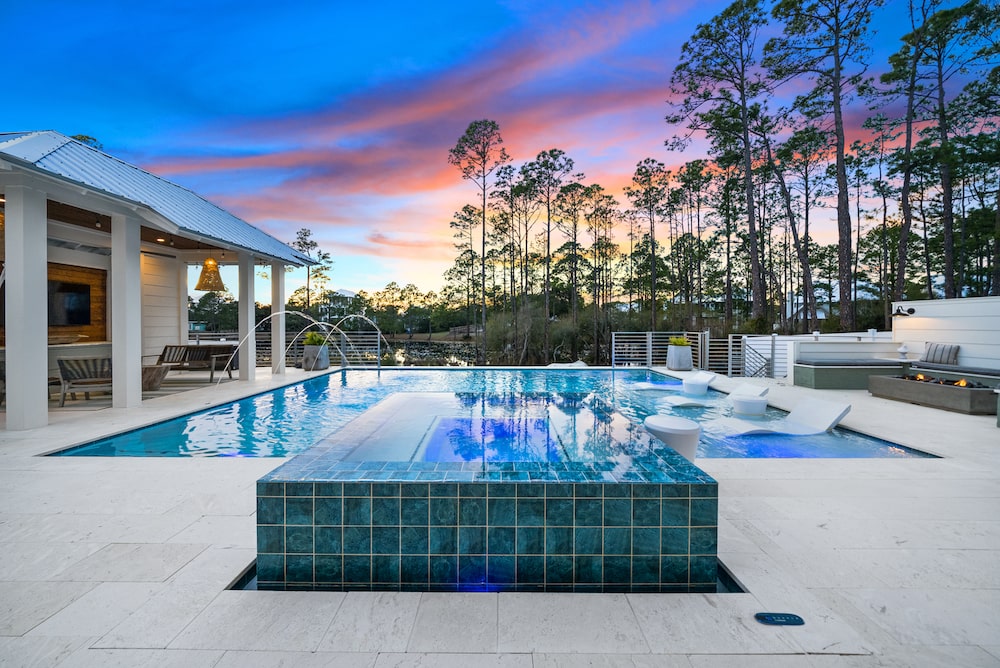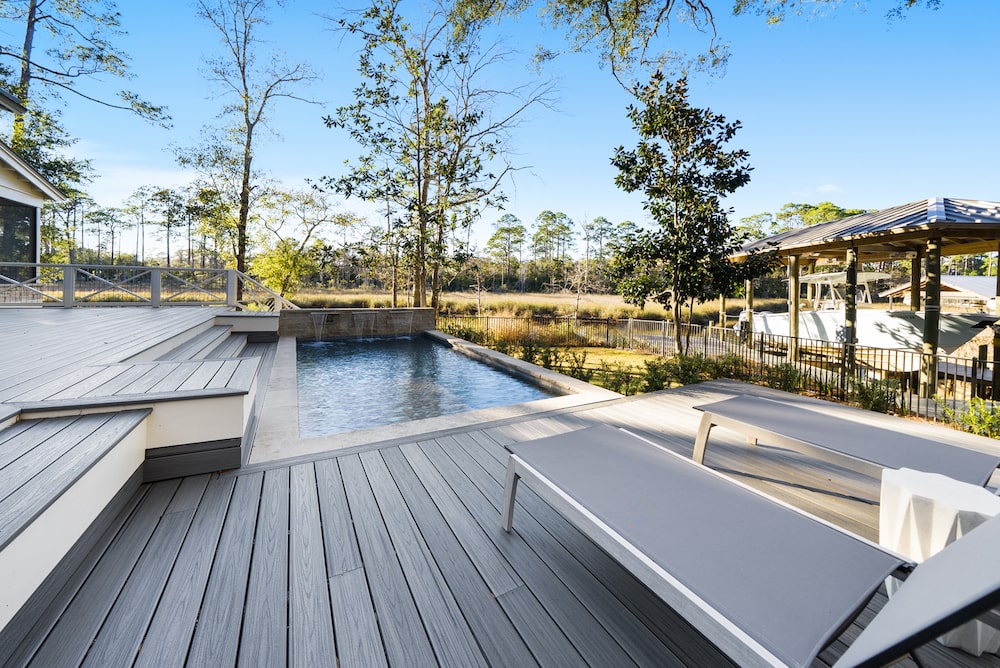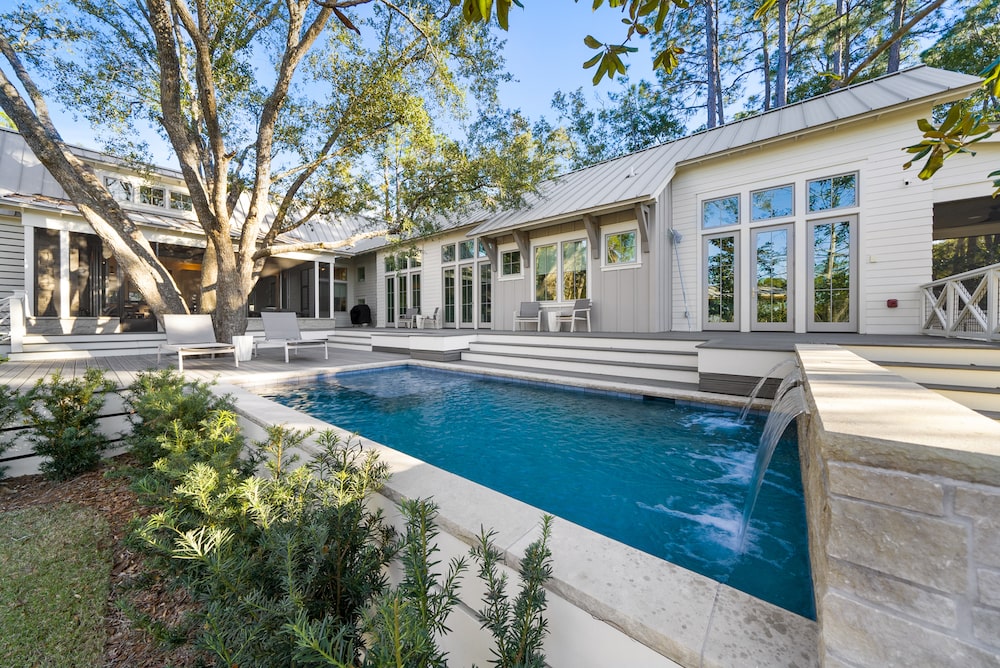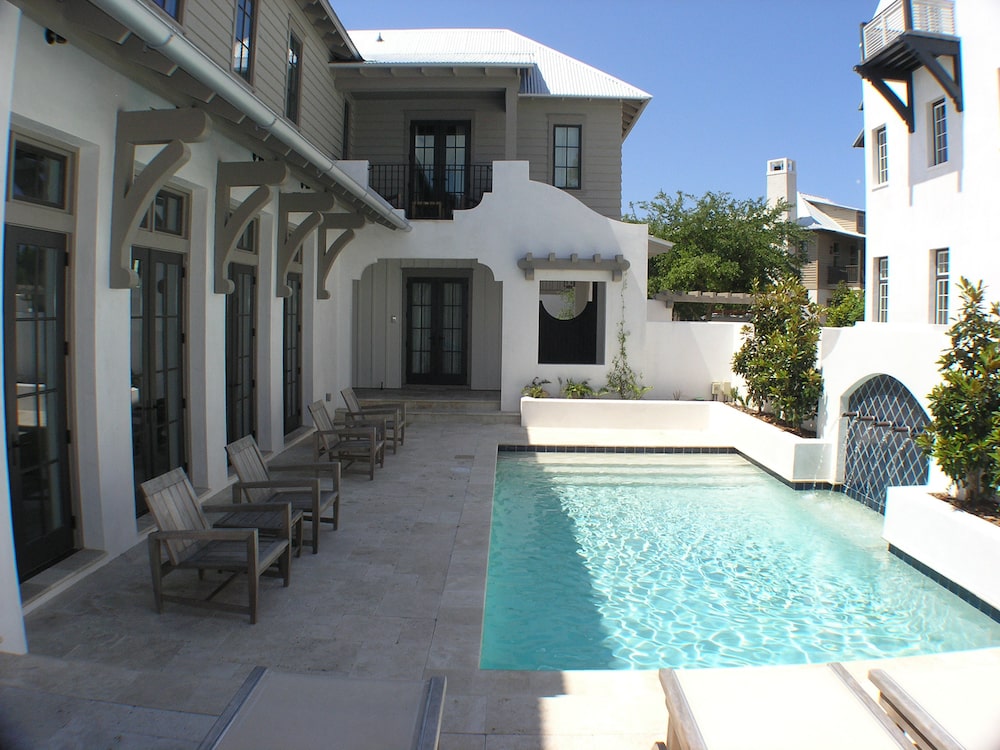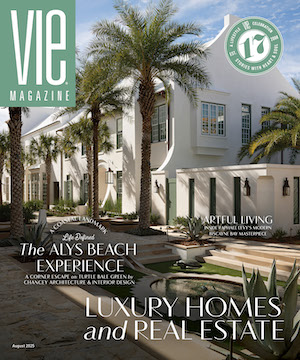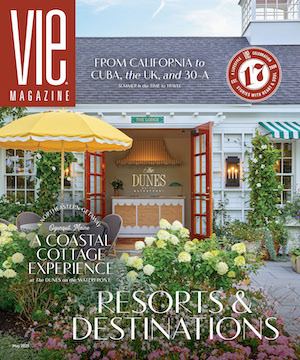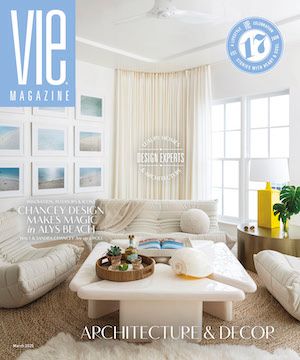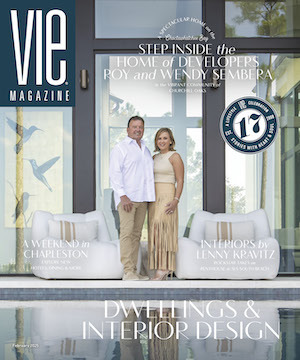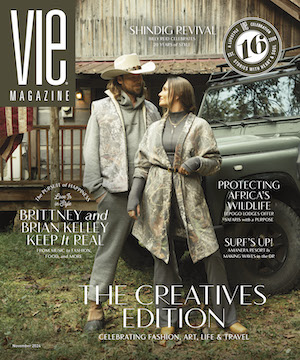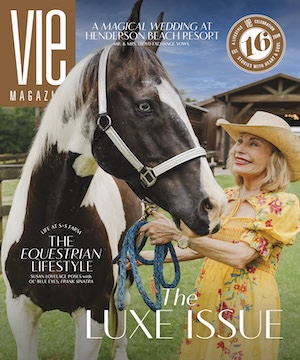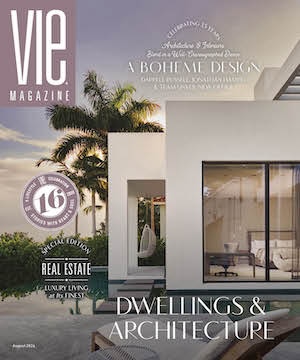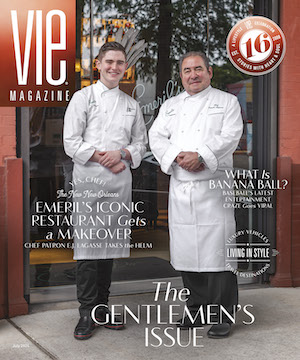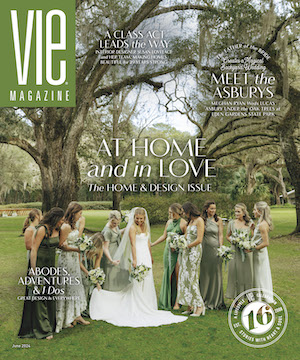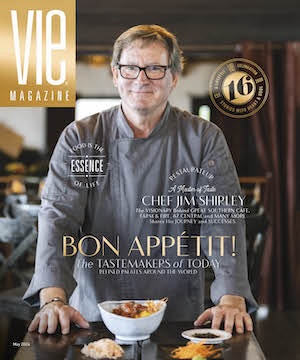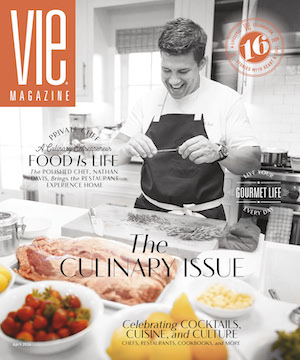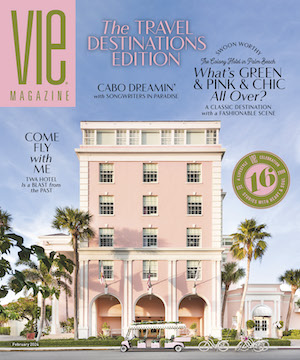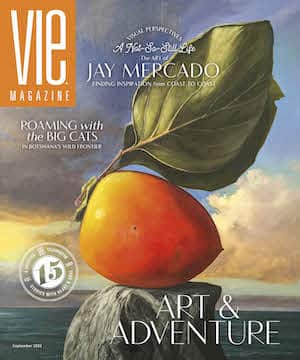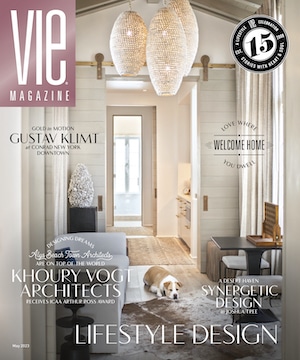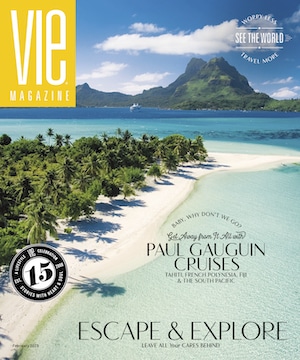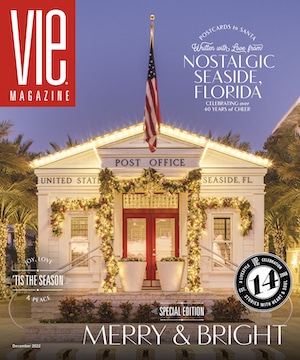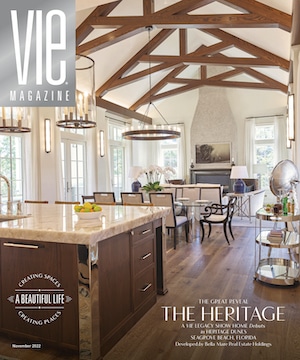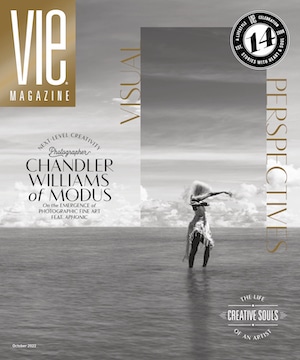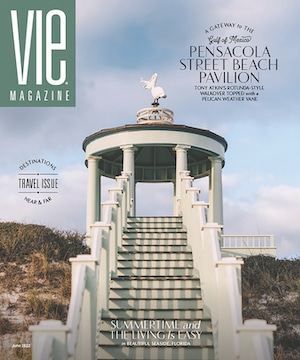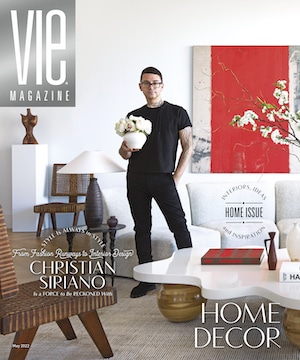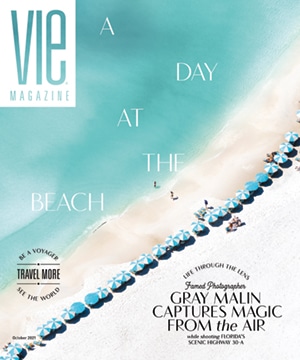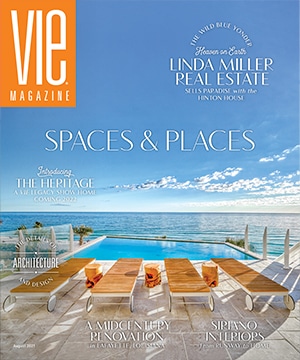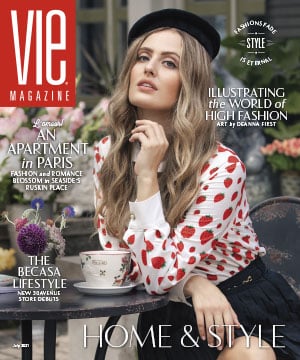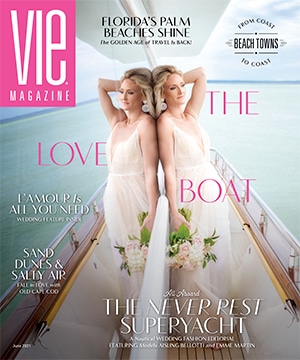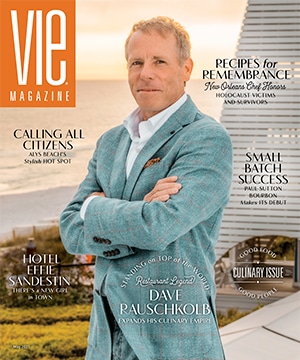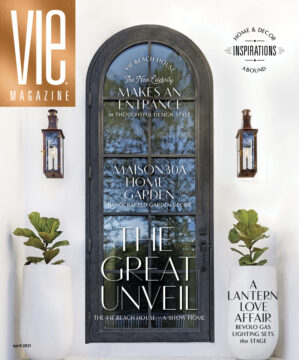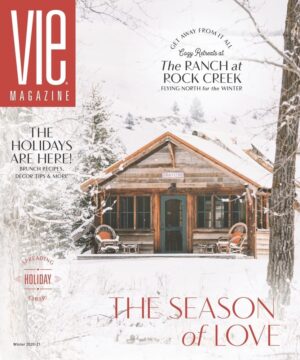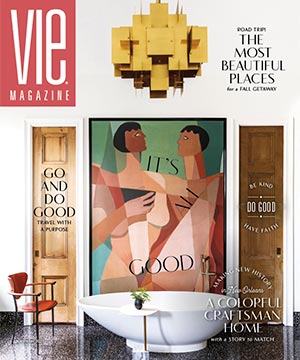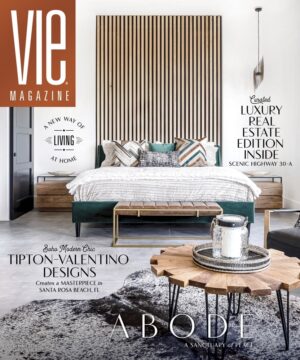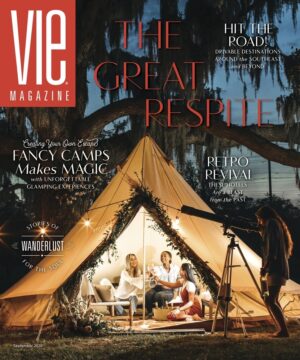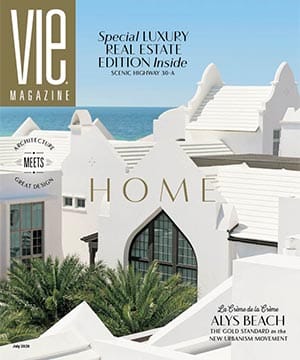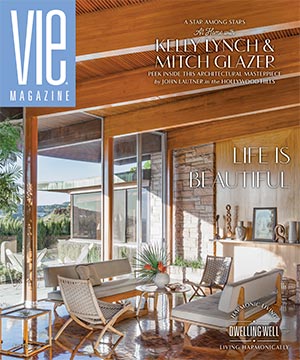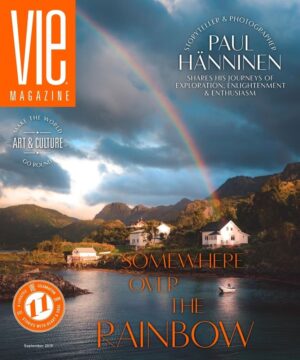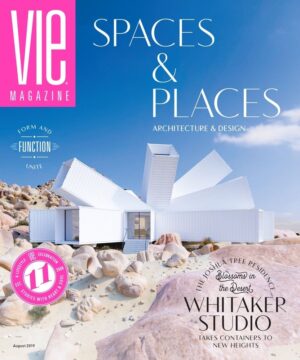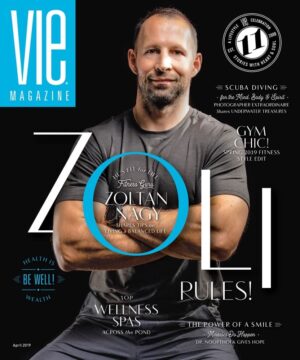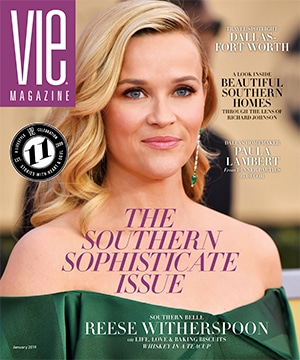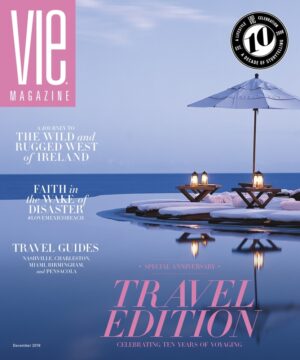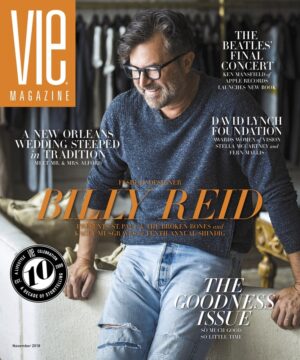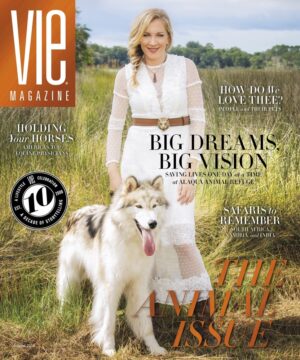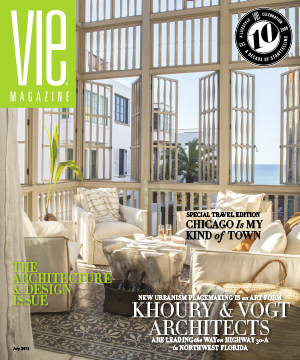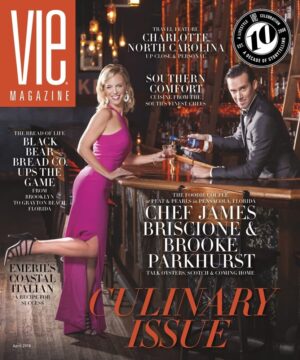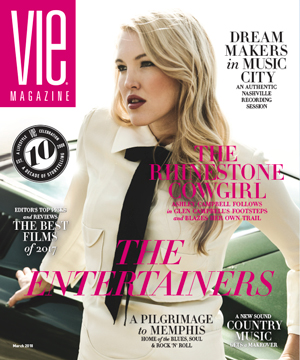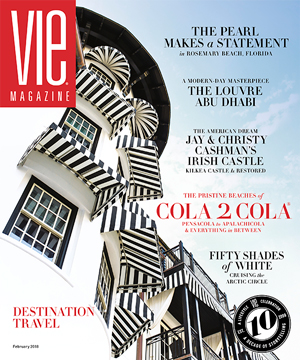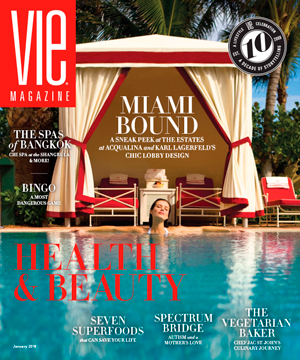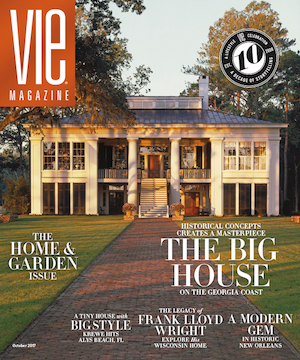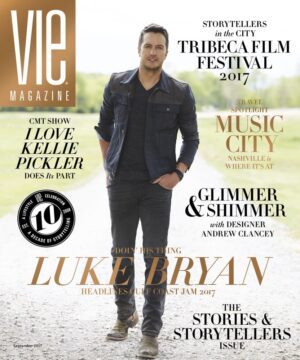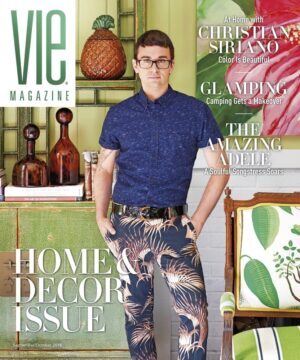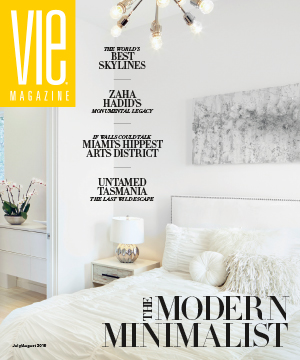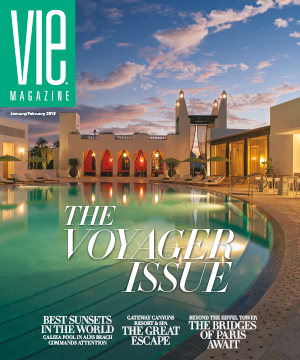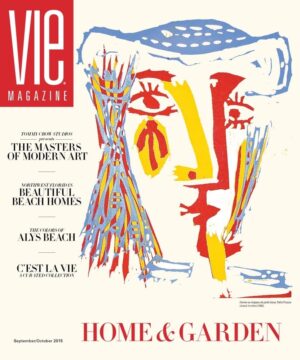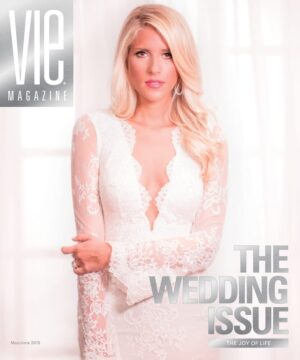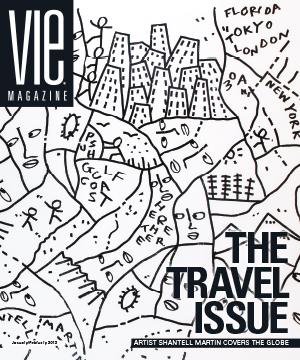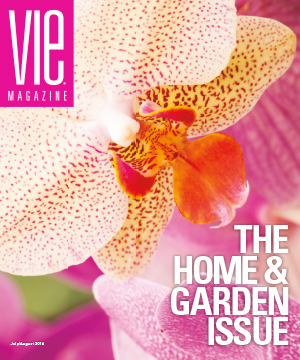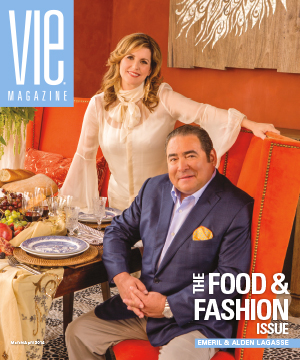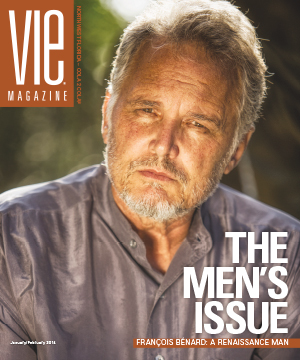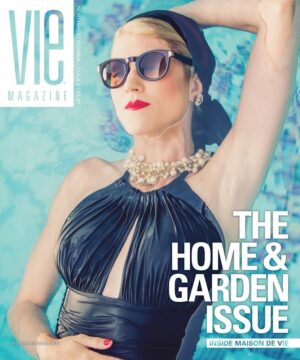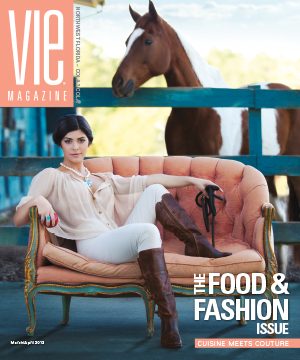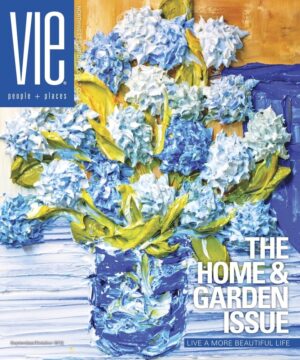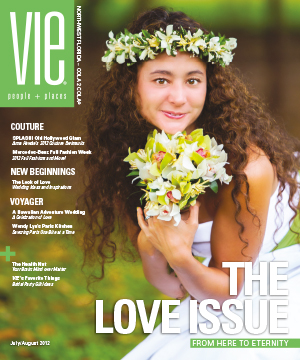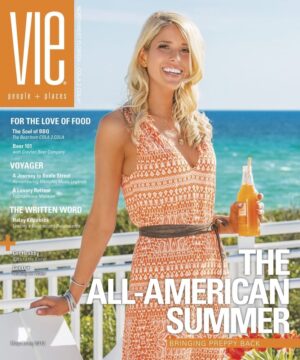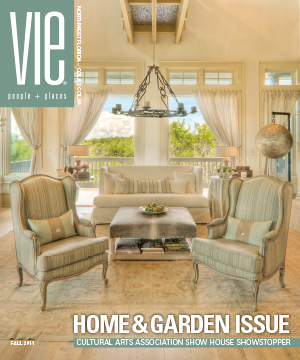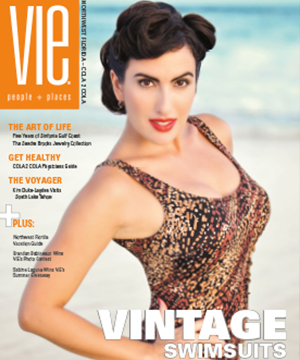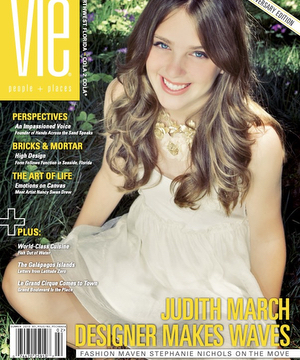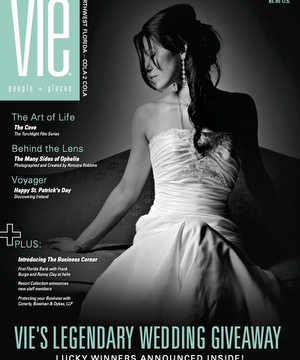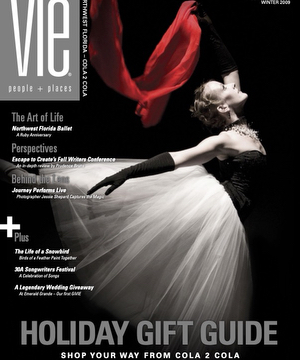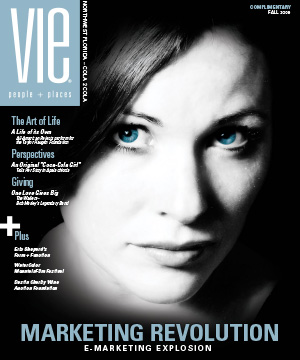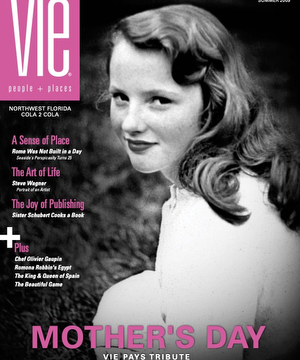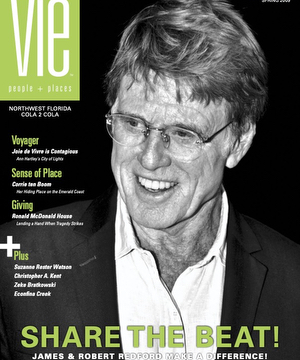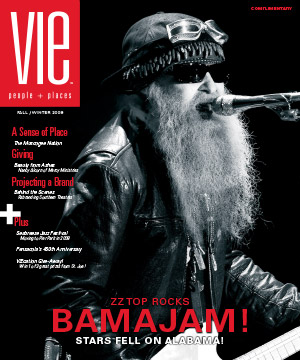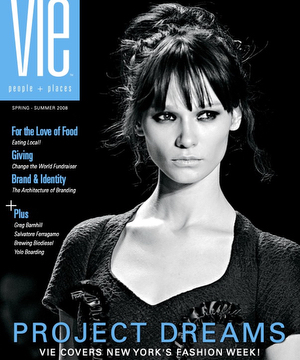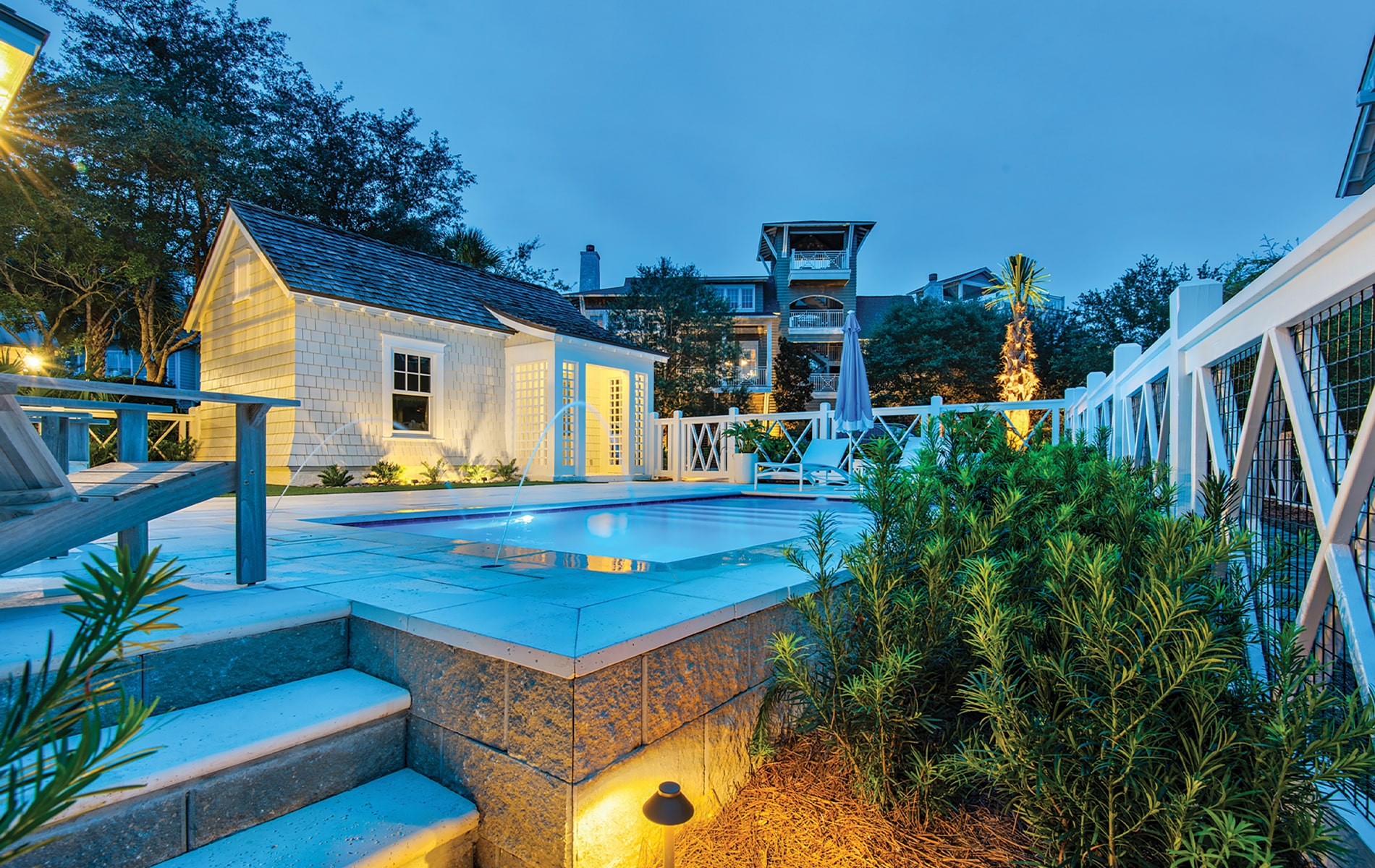
vie-magazine-30a-landscape-architect-hero-min
Living Well, Indoors and Out
Level Up Your Landscape
Interview by Jordan Staggs | Photography courtesy of 30A Landscape Architect
A real creative is always looking for the next opportunity, and that’s exactly what landscape architect Alan Holt keeps at the top of his mind in his career. He has spent over twenty-four years building relationships with some of the top architects and builders in Northwest Florida and beyond through his firm, 30A Landscape Architect, named for the eighteen-mile stretch of Scenic Highway 30-A that runs parallel to the area’s white-sand beaches on the Gulf of Mexico. His portfolio spans everything from yard design to decks, patios, pools, outdoor kitchens, fire pits, and more, with his work highlighting the beauty of the area’s most coveted communities, including Alys Beach, Seaside, and Watersound Camp Creek, to name a few.
“I really feel blessed to have found a career I enjoy so much and which gives me such satisfaction,” Holt shares. “Growing up in this area and being able to contribute to the design of so many iconic areas along 30-A has made for a fantastic career that I hope to continue for many years.”
VIE touched base with Holt for this design-focused issue to share his thoughts and processes for creating outstanding landscape design and how homeowners, architects, and builders can consider upgrading their outdoor spaces.
VIE: As a landscape architect, what is the first thing you look at when you receive a new project? What is the driving force behind your designs?
Alan Holt: The driving force behind the designs begins with the available space. Many of the communities in Walton County, Florida, have setbacks that, at first appearance, give the impression of a spacious yard. The setbacks limit what can be built and where. Once we determine the limitations, we can determine the opportunities. A plunge pool, outdoor kitchen, fire pit, and seating can all fit comfortably within a small space. The next major consideration is the homeowner’s desire for the space and how they want to use it. Considerations are different for a family with young children than for empty nesters wanting a relaxing space to practice yoga. The architecture of the house is the third consideration. The material selection that complements the home is different in Alys Beach than in Seaside. The natural landscape in Northwest Florida has such an influence on the designs; it is interwoven in every project. A design may incorporate lush, tropical plants in a protected garden but then transition and blend with the surrounding native landscape.
VIE: What’s your design process like? Do you have a list of things you must include, or is each project more organic?
AH: There is a mental checklist developed from thirty-three years of experience, but it really goes back to what I learned at the University of Georgia in the Landscape Architecture program. Site analysis, conceptual design, and design development all go through my head in a rapid-fire sequence. Various design solutions are proposed and rejected in my head, on trace paper, or in quick computer models, depending on the project. Once a basic design idea develops, color, texture, repetition, and other elements of a good design are incorporated. While each project and client is unique, the process of a good design remains the same.
VIE: Working in prestigious communities such as Alys Beach and others along Scenic Highway 30-A, how do you operate within their codes while being creative?
AH: Working within the tight confines of a planter box at Alys Beach still allows opportunities for creativity. The plant palette on the shady north side of a house is different from the sunny south. Subtle colors and textures of green horsetail, blue agave, or even Blue Pacific shore juniper stand out against the stark white canvas of the Alys Beach stucco walls and can make a bold statement with a few simple plants. On the other hand, the spacious lots in Camp Creek allow for large lawns, multiple outdoor rooms, and other creative spaces.
Ideas are limitless. Clients have asked a few times, “Have you ever proposed a design solution like this before?” And my answer is generally, “No, that’s why you hired me—for a unique design.”
VIE: How do you keep your plans fresh and unique for each home? Are you ever inspired by other designers, art, nature, or music?
AH: Ideas are limitless. Clients have asked a few times, “Have you ever proposed a design solution like this before?” And my answer is generally, “No, that’s why you hired me—for a unique design.” There are certainly great designers and landscape architects out there worthy of emulation. I have been influenced by iconic designers like Roberto Burle Marx and his bold patterns on Avenida Atlantica, but I generally try to propose unique designs for each client and space. I have tried a few times to incorporate a Mondrian pattern, but it felt forced. Certainly, nature is an inspiration, and any opportunity for borrowed views of the Florida State Parks or dune lakes is welcome and incorporated. My musical taste is a bit eclectic, to put it mildly, so who knows when Mozart or Moby may influence my designs?
VIE: Do you typically work on a project from the beginning with an architect and builder or come in after the home’s plans are finalized?
AH: Both, but we prefer to be involved from the start. If we come in at the beginning of a project, things like distant views, sunrise, sunset, and prevailing breezes can all be incorporated into the design and placement of the home. When the landscape architect is brought in at the end of the design process, things have been decided, and the best we can do is work with what we have or suggest minor changes that improve the project.
VIE: What are some things designers or homeowners are looking for in their residences lately? What do you think people should avoid?
AH: Plunge pools are still in high demand. The dense development that makes a community walkable means yards are smaller, but there is still an opportunity for a private pool where you can soak and relax, or the kids can play on a red flag day. Outdoor kitchens and dining spaces are great ways to extend your home and create more living space. Avoid forcing too many elements into a small yard, making it feel even smaller.
VIE: Regarding landscape maintenance, what is a good rule of thumb for homeowners to remember when they should refresh their landscaping, or how can they work with you to keep it healthy and beautiful?
AH: Durable, timeless materials such as brick, marble, and pre-cast concrete pavers will last for generations. Choosing plants that are native or well-adapted to our climate’s vagaries will provide a landscape that can be enjoyed in all seasons for many years to come.
VIE: How do you combine design with nature using planters, sculptures, installations, trellises, porches, pools, decks, and more?
AH: Combining design with nature is as easy as looking at the existing landscape around us. Using durable materials that stand the test of time and incorporating plants that complement the hardscape can blend the manufactured with the natural. Softening the hard corners of a pool or deck with palms or ferns will make the transitions feel less stark and artificial.
VIE: Thank you, Alan!
— V —
Visit 30ALandscapeArchitect.com or follow @30alandscapearchitect on Instagram to see more projects or request a consultation.
Share This Story!
KEEP UP WITH THE LATEST STORIES FROM VIE
